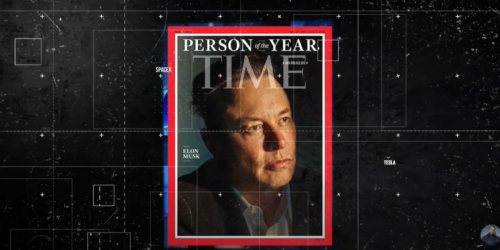AI rising. How Artificial Intelligence might be used in ways you didn’t know

We may earn commissions from the companies mentioned in this post. View our FTC disclosure for more information.
Artificial intelligence (AI) is rapidly becoming one of the most talked-about and exciting technologies of our time. With advancements in machine learning, natural language processing, and computer vision, AI is being used to solve a wide range of problems and improve many different industries.
One of the main reasons for the rising popularity of AI is its ability to process and analyze large amounts of data at a much faster rate than humans. This allows for more accurate predictions and improved decision-making. For example, AI is being used in healthcare to identify and diagnose diseases, in finance to detect fraud, and in transportation to optimize routes and reduce fuel consumption.
Another reason for the growing popularity of AI is its ability to automate tasks that were previously done by humans. This not only increases efficiency, but it also frees up human workers to focus on more complex tasks. For example, AI is being used in manufacturing to perform repetitive tasks and in customer service to respond to routine inquiries.
Identification and diagnosis of diseases
AI algorithms can analyze medical images, such as X-rays and CT scans, to identify signs of disease. For example, AI can be used to detect tumors in mammograms or identify signs of lung cancer in CT scans. This can help radiologists and other medical professionals make more accurate diagnoses. They can also be used to analyze Electronic health records (EHRs) and identify patterns or markers that are associated with specific diseases. This can help doctors identify patients who may be at risk for certain diseases and make earlier diagnoses.
With natural language processing AI can be used to analyze patient notes and other medical records written in natural language, such as doctor’s notes or lab reports. This can help identify patterns or markers that are associated with specific diseases. In addition, AI can be used to analyze large amounts of medical research data, such as studies and articles, to identify new disease markers and potential treatments. AI can also be used to create predictive models that can identify patients at high risk of certain diseases and predict the course of diseases.
Fraud in the financial industry
AI algorithms can be used to analyze financial transactions and identify patterns or anomalies that may indicate fraud. This can include identifying unusual spending patterns, unusual transactions, or transactions that are outside of normal parameters. Through machine learning AI can also be trained on historical data to identify patterns of fraud, and then use that knowledge to detect potential fraud in real-time. This can include identifying unusual spending patterns, unusual transactions, or transactions that are outside of normal parameters.
Using natural Language processing AI can be used to analyze large amounts of unstructured data, such as emails, social media posts and text messages, to identify potential fraud. With predictive modeling AI can be used to create predictive models that can identify customers or transactions that are at high risk of fraud and flag them for further investigation. Robotics Process Automation (RPA) can be used to automate manual processes such as validating data, monitoring transactions, and flagging suspicious activity to human analysts for review.
Optimize routes and reduce fuel consumption in the transportation industry
AI algorithms can be used to analyze traffic patterns, weather conditions, and other data to determine the most efficient routes for vehicles. This can include identifying the fastest routes, routes with the least traffic, and routes that avoid congested areas. AI can then be used to predict when a vehicle is likely to require maintenance, such as a change of oil, replacement of parts, and so on. This can help reduce downtime, improve efficiency and extend the life of the vehicle.
A few more examples of how AI can optimize the way we travel include:
- optimizing traffic signals to reduce congestion, improve traffic flow, and reduce fuel consumption.
- enabling self-driving cars to navigate the roads safely, make decisions and take actions to optimize their routes, and reduce fuel consumption by driving more efficiently.
- optimizing the management of fleets of vehicles, such as delivery trucks, by analyzing data such as traffic patterns and weather conditions to schedule routes and optimize vehicle utilization.
The future of AI
The future is looking bright for AI, as it is expected to continue to improve and solve even more complex problems. For example, AI is being researched for use in self-driving cars and in the development of smart cities. Additionally, it has the potential to revolutionize industries such as education, energy, and agriculture.
However, it’s important to note that AI is not without its challenges. There are concerns around the ethics of using AI, such as the potential loss of jobs and the possibility of bias in decision-making. It’s crucial that we continue to have open and honest conversations about the potential impact of AI and work to address these challenges.
AI is rapidly becoming one of the most popular and promising technologies of our time. Its ability to process and analyze large amounts of data and automate tasks is already improving many different industries. The future holds even more potential for AI to revolutionize the way we live and work, but it’s important to address the challenges that come with it.





